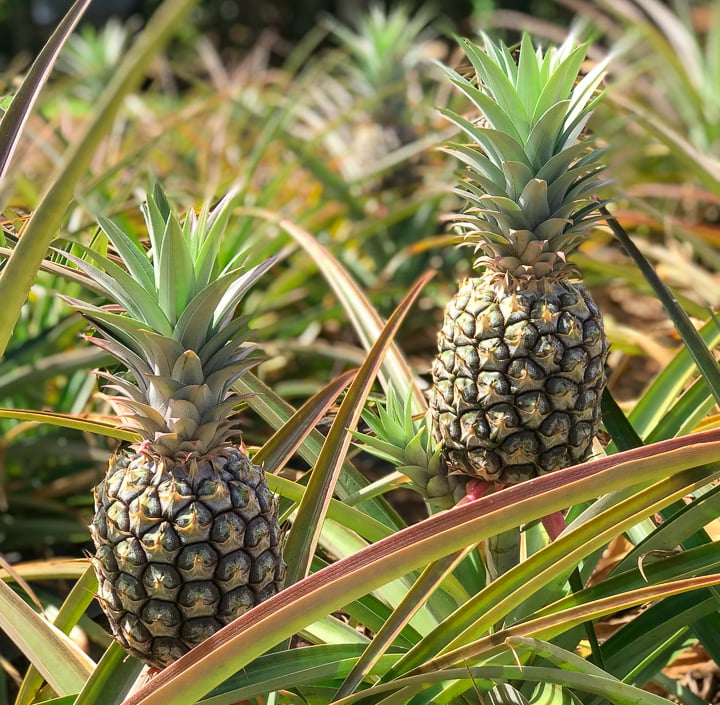Many people wonder, "Is a pineapple a vegetable?" But the answer depends on who you ask. The botanical definition of fruit states that it is something that develops from a flower's ovary, and vegetables are any parts of a plant that are edible. This fruit is a type of aggregate fruit, meaning that it is made up of multiple ovaries. Hence, it is technically a vegetable, but not a fruit.
Although nutritionally aligned with citrus fruits, a pineapple doesn't contain as many of them as the other fruits in the same family. This is because it contains bromelain, an enzyme that helps break down proteins more efficiently. But too much of any food is bad for your health. That is why you should consume pineapples in moderation. You'll be glad you did once you've learned that pineapples are a healthy choice.
First off, the pineapple plant is a shrub, not a tree. It produces many tiny flowers called "suckers," which merge into the ripe fruit. The pineapple's flowers form parthenocarpically, which means that the seeds come from multiple berries, but not from a single flower. The flowers are formed on the ovary of a female plant, and then fuse together to form the fruit.

However, the most common type of pineapple grown for commercial purposes is cultivated in an environment that is highly controlled to prevent cross-pollination. As a result, most pineapples don't produce seeds. In other words, is a pineapple a vegetable? That answer depends on the conditions in which it grows. If you're not sure, you can always consider it a fruit. In fact, pineapples are both a fruit and a vegetable. For more details about planting guide, visit this site right here.
A pineapple plant takes between 32 and 46 months to produce its first fruit. A single pineapple can be harvested after two years. It's important to remember that a pineapple plant needs pollination to produce seeds, and this is important because seeds in pineapples can affect the quality of the fruit. Possible pollinators include hummingbirds, pineapple bees, and honey bees. Although hummingbirds are prohibited in Hawaii, they may pollinate your pineapple plants. The entire process can take up to two years.
The pineapple is a tropical plant native to South America. It has been cultivated for centuries in the area. European explorers first encountered the pineapple in the 17th century and the fruit became an icon of luxury in Europe. Commercial production began in the 1820s. Aside from its taste, pineapple has other important health benefits. Among them, it is low in sodium, so it's an excellent food for people with high blood pressure or diabetes.
Though native to the Hawaiian Islands, the pineapple took a long time to become a worldwide success. It took the invention of ocean steamers to make the process of transporting the perishable fruit possible. Once the technology were in place, pineapple cultivation spread to Europe and the other tropical areas, including Australia and the South Pacific. By the mid-19th century, pineapple production reached the United States and the Azores.